
Verification of Remediation
Receive a quote tailored to your needs
Overview
The Verification process follows on from the Remediation Method Statement and can be a simple single stage or a multi-stage process involving scrutiny of material data, understanding site logistics and further post-placement testing of materials and soils. There may be the requirement for long-term monitoring in order to oversee the implemented remediation, usually where monitored natural attenuation is necessary.
Verification Site Briefs and Reporting
The Land Contamination Risk Management (EA, 2020) guidance Stage 3 process also requires verification of any remediation process.
Verification of the remediation process is often overlooked by site developers and is a crucial stage in ensuring the Contaminated Land Conditions of a site are signed off by the Environmental Health Officer and Planning Department at the Local Planning Authority. If this step is not completed, then this can cause significant delays in the final site sign-off and thus the selling of the properties.
The verification process can include a number of stages including:
- Scrutiny of soil testing data
- Scrutiny of Earthworks data (e.g. cut and fill volumes, movement regimes, hub and cluster data, etc.)
- Post emplacement testing of Imported Soil
- Post emplacement testing of Site-Won Soil
- Verification of capping material depths
- Collation of information of materials removed from site
- Liaison with Environmental Health Officer and/or Planning Department at the Local Planning Authority
What is the output?
The report will contain all information obtained and will determine whether or not the site has been adequately remediated in line with the presented Remediation Method Statement and thus determine whether the site is suitable for its intended end-use. There may be a requirement for further works, such as long-term monitoring where natural attenuation is required at the site.
How are the reports presented?
Our reports are provided in PDF format via email.
Do Kiwa CMT need to have completed all stages of the LCRM process?
Kiwa CMT do not need to have carried out all preceding stages of the investigation, however, this is dependent on the level and quality of information provided, but we can provide stand-alone verification if required. Please contact us for further information.
Contaminated Land Investigation
Kiwa CMT | We examine ground contamination

Phase 1 Desk Study
In line with the Land Contamination Risk Management Strategy (Environment Agency, 2020), BS5930 and Eurocode 7 (EN 1997) all ground investigations should be preceded with a suitable Phase 1 Desk Study and Site Walkover to provide a baseline information package about any site.

Phase 2 Intrusive Investigation
The Land Contamination Risk Management (EA, 2020) guidance Stage 1 process requires further information and refinement on the risk assessment process for the Source – Pathway – Receptor contamination linkage.
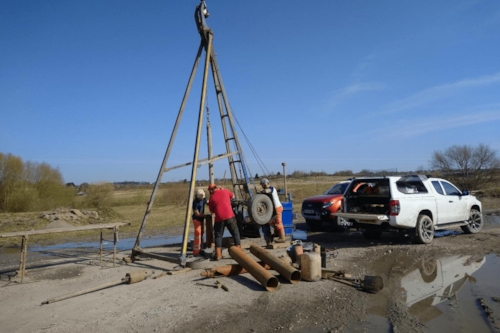
Remediation Method Statements
Remediation Method Statements and Watching Brief (Stages 2 and 3 LCRM – remediation feasibility and development of a final remediation strategy).
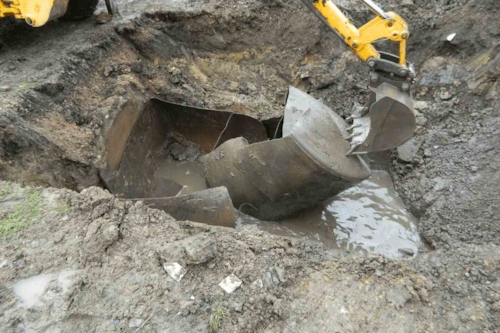
Trial Pitting
A trial pit (a.k.a. test pit) is a ground investigation technique that is used as a means of investigating, in large scale, the condition of the ground and the type of strata present at shallow depth, typically before beginning construction works. They are useful for obtaining large volume bulk samples of the ground.
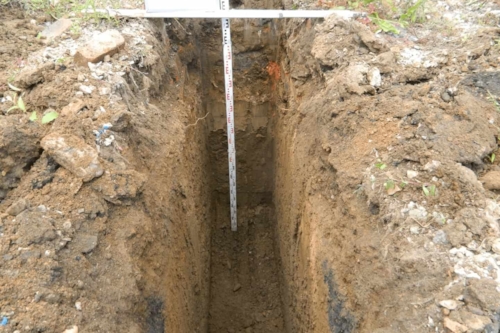
Site Investigation
Kiwa CMT | We provide a range of ground investigation services
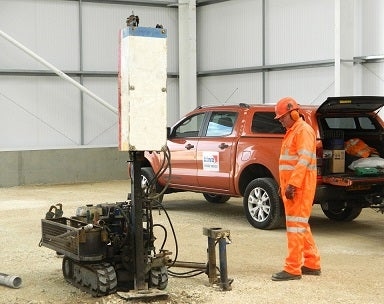
BS3882 Topsoil Testing
The BS3882 topsoil suite is specifically designed to categorise grades of topsoil based on physical and chemical composition.
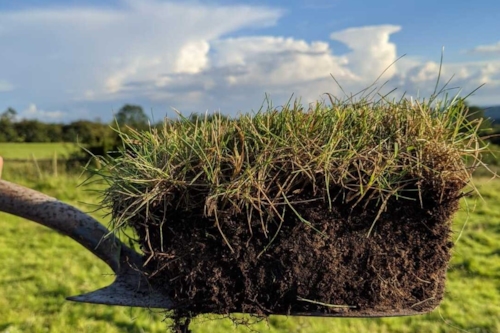
Waste and Contamination
Kiwa CMT | Construction materials, geotechnical, structures and waste testing.
